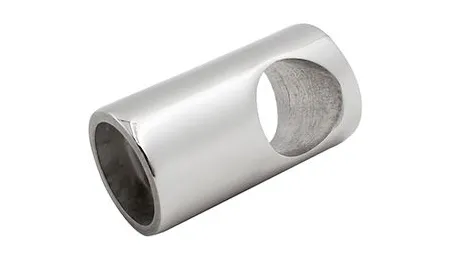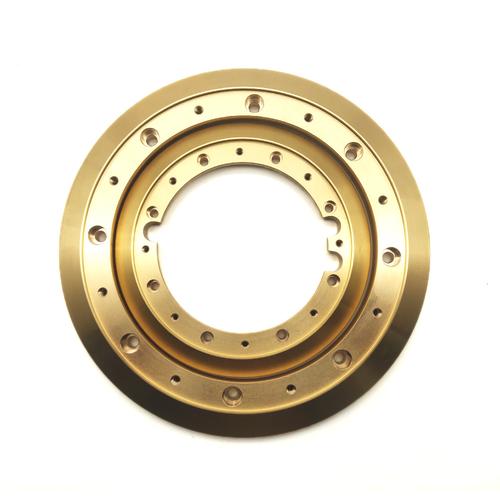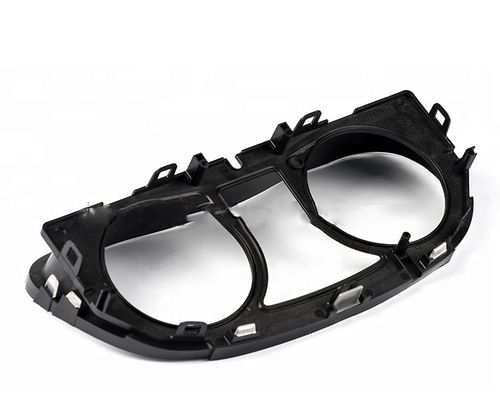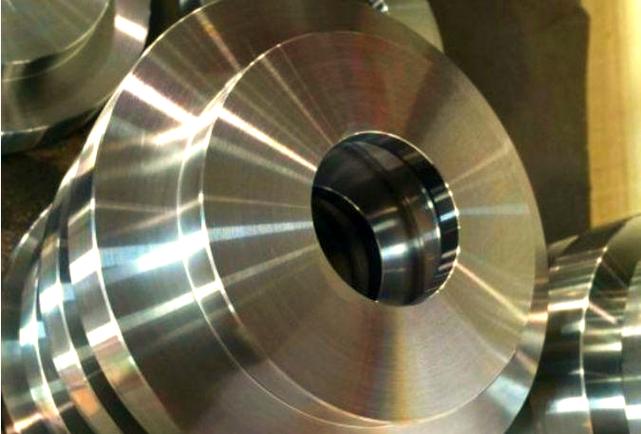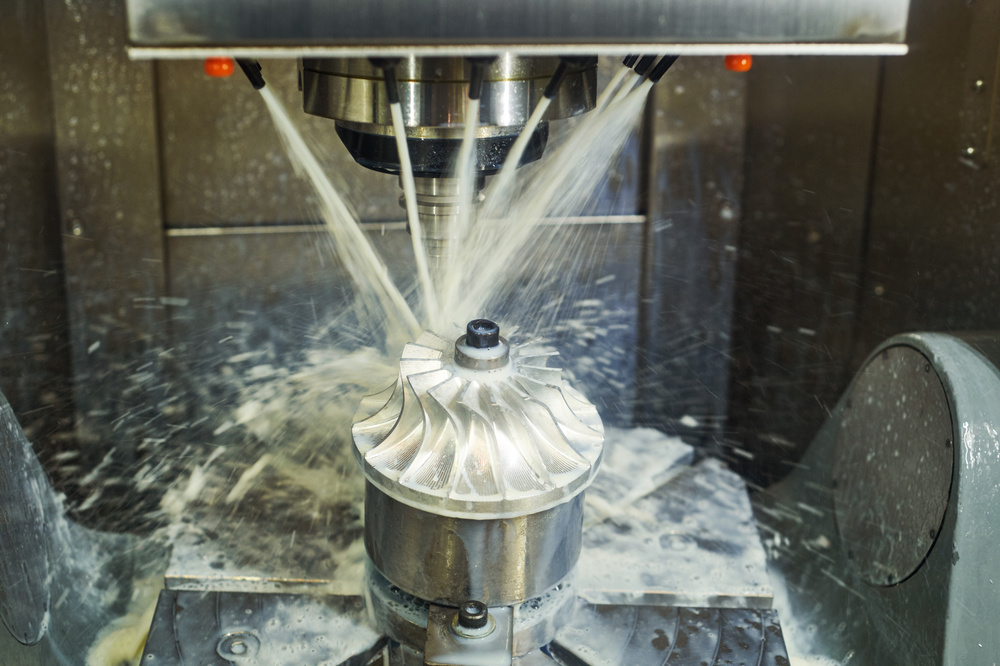In the context of the automotive industry’s pursuit of energy conservation, emissions reduction, and lightweight design, the performance and weight of automotive air conditioning systems have become critical indicators. Custom automotive aluminum alloy die cast air conditioning parts, with their excellent thermal conductivity, lightweight characteristics, and precision molding processes, have emerged as a core solution for enhancing air conditioning efficiency and reducing vehicle energy consumption. This article provides a professional and data-driven interpretation of custom services, covering technical parameters, material selection, quality control, and practical applications.

- Synergy of Pressure and Speed: Utilizing 1,200 – 2,800-ton servo die casting equipment, injection pressures ranging from 15 to 130 MPa ensure that aluminum alloy melts fill the molds rapidly at speeds between 6 and 35 m/s. For complex pipelines and thin-walled components of air conditioners, precision molding with a minimum wall thickness of 0.8 mm can be achieved, guaranteeing the smoothness of internal flow channels and structural strength.
- Precise Temperature Management: The mold temperature control system achieves an accuracy of ±2°C, while fluctuations in the aluminum alloy melting temperature are controlled within ±4°C. Through real-time temperature monitoring, defects such as cold shuts and porosity in air conditioning parts are effectively avoided, maintaining a finished product qualification rate of over 98.2%.
- Dimensional Accuracy Assurance: Strictly adhering to the GB/T 6414 – 1999 standard, general dimensional tolerances are controlled at CT4 – CT6 levels (e.g., ±0.3 mm for a 100-mm dimension). Precision molds can achieve an even higher CT3 level of accuracy (±0.15 mm), meeting the stringent requirements of air conditioning systems for the installation dimensions of parts.
- Material Upgrades: H13 modified hot work die steel (hardness 50 – 54 HRC) is selected and paired with a DLC (Diamond-Like Carbon) coating (thickness 2 – 4 μm). This enhances the mold’s thermal fatigue resistance by 60% and extends its service life to over 800,000 cycles, reducing long-term production costs.
- Digital Design and Manufacturing: UG and Moldflow are used for mold flow analysis and optimization. For the complex internal flow channel structures of air conditioning parts, the error in gate position optimization is controlled within ≤0.2 mm, and the pressure loss in the runner system is reduced to 8%, minimizing aluminum alloy material waste and improving molding quality.
- High Thermal Conductivity Aluminum Alloy: Through special heat treatment processes, the thermal conductivity of A356 aluminum alloy is increased to 190 W/(m·K), enhancing the heat exchange efficiency of evaporators and condensers by 15% and enabling rapid cooling and heating.
- High-strength Lightweight Alloy: By adding trace rare earth elements to 6061 aluminum alloy, the tensile strength is increased to 330 MPa while maintaining a low density. This is used to manufacture air conditioning brackets, reducing the weight by 45% compared to traditional steel materials while ensuring structural strength.
- Material Testing: Direct-reading spectrometers (accuracy 0.01%) are used for aluminum alloy composition analysis, and hydrogen-oxygen analyzers strictly control the hydrogen content in molten aluminum ≤ 0.12 ml/100 g, preventing porosity from affecting the sealing and performance of the air conditioning system.
- Dimensional and Geometric Tolerance Inspection: Coordinate Measuring Machines (accuracy ±0.004 mm) conduct full-size scans of air conditioning parts. Critical dimensions are 100% inspected, while non-critical dimensions follow the AQL = 0.65 sampling standard in GB/T 2828.1, ensuring precise assembly of parts with the air conditioning system.
- Internal Defect and Performance Testing: X-ray flaw detectors (resolution ≤0.15 mm) detect internal shrinkage cavities, inclusions, and other defects. Air tightness tests are performed on air conditioning pipeline parts, with a pressure of 1.5 MPa maintained for 5 minutes and a leakage rate of 0. Thermal conductivity efficiency tests are carried out on heat dissipation components to ensure they meet the design requirements.
- Case Study: A custom air conditioning compressor housing for a new energy vehicle, die cast from ADC12 aluminum alloy. The weight of a single piece is reduced by 38% compared to traditional cast iron housings, weighing only 2.3 kg. The dimensional accuracy reaches ±0.2 mm, and the surface roughness of the internal flow channels Ra ≤ 1.6 μm.
- Technical Highlights: Vacuum die casting technology is applied to control the internal porosity of the housing below 0.15%. Combined with T6 heat treatment, the tensile strength is increased to 340 MPa. Through structural design optimization using simulation, the vibration noise during compressor operation is reduced by 12 dB, enhancing in-vehicle noise comfort.
- Requirement: Develop high-efficiency evaporator fins for compact vehicles, aiming to increase the heat dissipation area and efficiency within limited space.
- Solution: A356-T6 aluminum alloy is selected, and ultra-thin wall die casting technology is used. The wall thickness of the fins is only 0.3 mm. Through optimized fin structure design, the heat dissipation area per unit volume is increased by 25%. The surface is anodized (coating thickness 8 μm), significantly improving corrosion resistance. It passes an 800-hour salt spray test without corrosion, effectively extending the service life of the evaporator.
- Requirement Docking: Respond to customer needs within 12 hours, conduct in-depth inquiries to understand the performance indicators, installation dimensions, and appearance requirements of automotive air conditioning parts, and provide a DFM (Design for Manufacturability) report to clarify mold costs and production cycles.
- Mold Development: The standard mold development cycle is 4 – 7 weeks. CAD/CAE collaborative design is adopted, and mold prototypes are quickly produced using 3D printing for verification. The first-piece confirmation time is ≤48 hours.
- Production and Manufacturing: Support small-batch trial production (minimum order quantity 500 pieces). The mass production capacity can reach 400 – 700 pieces per hour (depending on product size), equipped with automated production lines and online detection equipment to monitor production quality in real-time.

